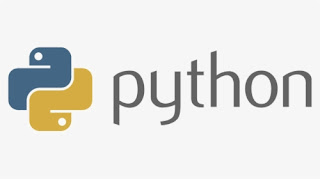Python - Self Learning in a Fast & Simple Way

Python - Self Learning Part 2 Python Strings String is a series of characters enclosed within quotes (single, double, or triple quotes). To access the strings, we use slice operator. String characters start at index 0 instead of 1, means that first character is at index (place) 0. It is good to know when you want to determine or access the string characters. We can concatenate strings in Python, and we use + operator (sign). The asteric * symbol is used for repeating strings. # is used to write statement/comments or explanation which will not show in coding result. Please be noted that space between two characters also considered as a character. Example: welcome = "Welcome Back" print (welcome) #to print the complete string Welcome Back E.g., print (welcome [0]) # to print the first character of the string. W e.g., print (welcome [2:9]) # to print from 3 rd character to 9 th character but 9 th character will not show ...
